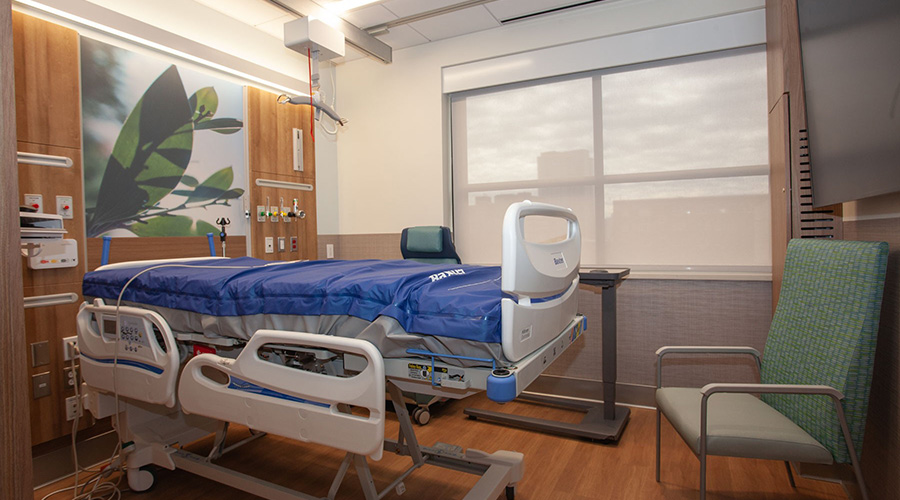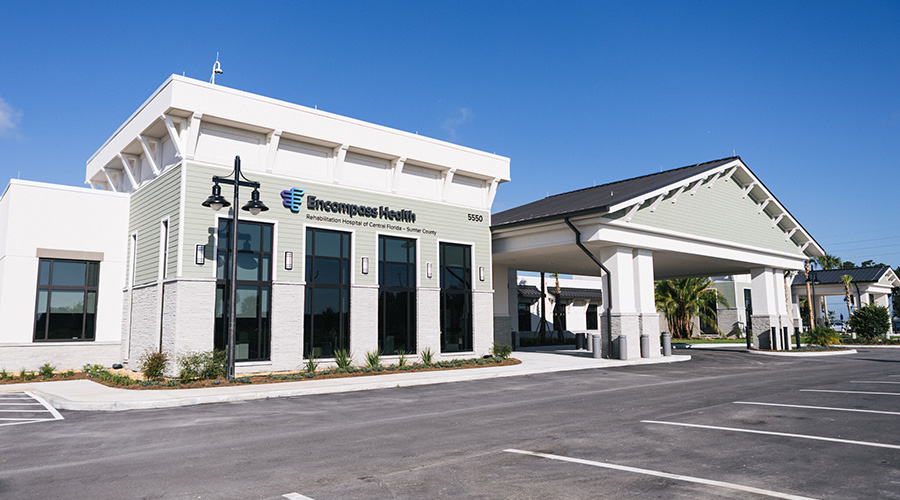For most businesses, a power outage is at best, an inconvenience; at worst, lost revenue. For healthcare facilities, power loss can be a life-or-death situation. As an article in the July issue of Health Facilities Management points out, constant power on essential circuits through the hospital’s critical power supply depends on all components functioning properly.
Consequently, hospitals must have a backup plan to keep power flowing throughout the facility even during an outage, the article notes. This comes down to employing an emergency power monitoring and management system that runs 24/7. Emergency power supply systems (EPSS) include engine generator systems, automatic transfer switches, over-current protection, uninterruptible power systems and fuel systems just to name a few notable components.
The article points out that modern healthcare facilities do pose challenges for effective EPSS monitoring, thanks to such things as equipment upgrades to complete electrical system overhauls. Such infrastructure changes can have a ripple effect on effective power monitoring. The size and scope of emergency power management systems also can get in the way of effective back-up implementation, because large systems require more data to be monitored. Some monitoring systems are designed to handle larger facilities efficiently and to keep things online.
Today, thanks to technology integration and interoperability, facilities can install system components from a variety of manufacturers and still get monitoring facility, or even campus-wide, despite the fact it doesn’t come from one vendor. These systems also no longer are stand-alone solutions that monitor only emergency power. Many can be integrated into other key systems in the facility, including the building automation system (BAS).
Today’s power monitoring systems deliver reliability and cost savings, giving facilities the ability to “minimize unplanned outages, reduce staffing requirements during testing, shorten planning and development delays, and lower design costs by utilizing load profiling and balance reporting,” according to one source quoted in the article.
Read the article.

 Streamlined Integrated Project Delivery Tackles Design Challenges
Streamlined Integrated Project Delivery Tackles Design Challenges Encompass Health Rehabilitation Hospital of Central Florida - Sumter County Opens
Encompass Health Rehabilitation Hospital of Central Florida - Sumter County Opens Rudolph and Sletten Awarded $960M for New UCSF Benioff Children's Hospital
Rudolph and Sletten Awarded $960M for New UCSF Benioff Children's Hospital How Designers Create Welcoming Senior Care Communities
How Designers Create Welcoming Senior Care Communities Data-Driven Decisions: How Analytics Are Shaping Healthcare Facility Planning
Data-Driven Decisions: How Analytics Are Shaping Healthcare Facility Planning